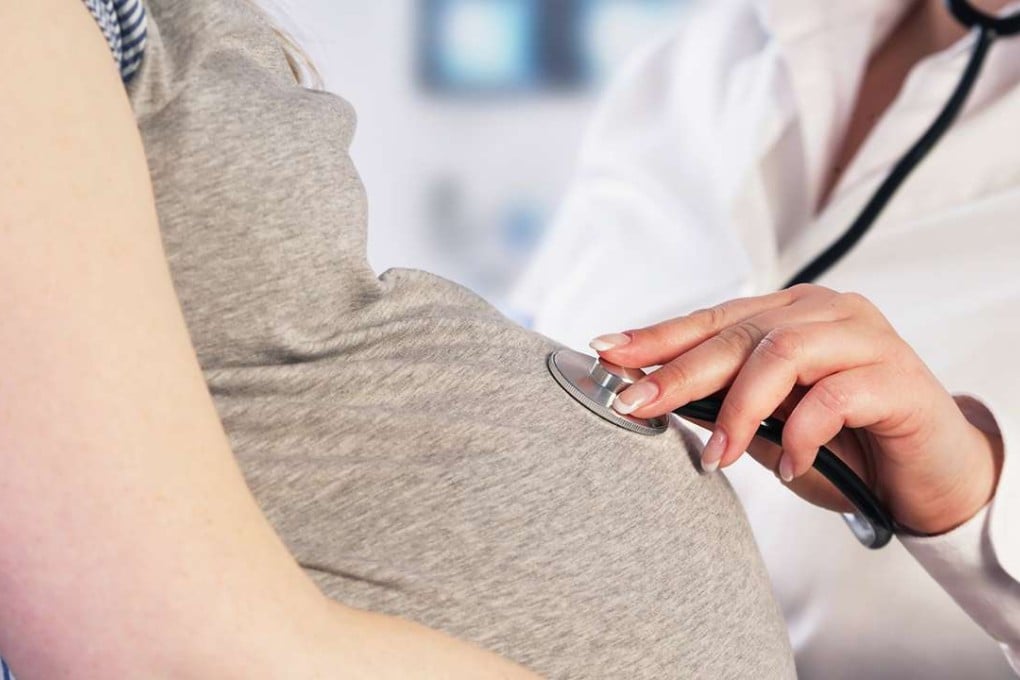90 per cent surge in women aged 40 and above giving birth in Hong Kong
Rate for over-45s having babies doubles, prompting doctors to warn about the health consequences of delaying pregnancy

The number of women aged 40 and above having babies in Hong Kong increased by almost 90 per cent in the past decade, while the rate doubled for those over 45.
While experts attributed the increase to career-minded women and an environment that is not friendly to families, doctors warned that older mothers faced greater risks during pregnancy and were more likely to develop diseases of the uterus and complications such as hypertension.
Watch: A Hong Kong mother’s struggle
The generally recognised cut-off line for advanced maternal age is 35, measured according to the risk of a baby being born with Down’s syndrome.
Census and Statistics Department data show that 3,391 babies were born to mothers aged 40 or above in 2014, an 86 per cent rise from the 1,819 in 2005.
The number of babies born to mothers aged 45 jumped from just 87 to 174, reflecting a trend towards older motherhood, with the median age increasing from 30.8 to 32.4.